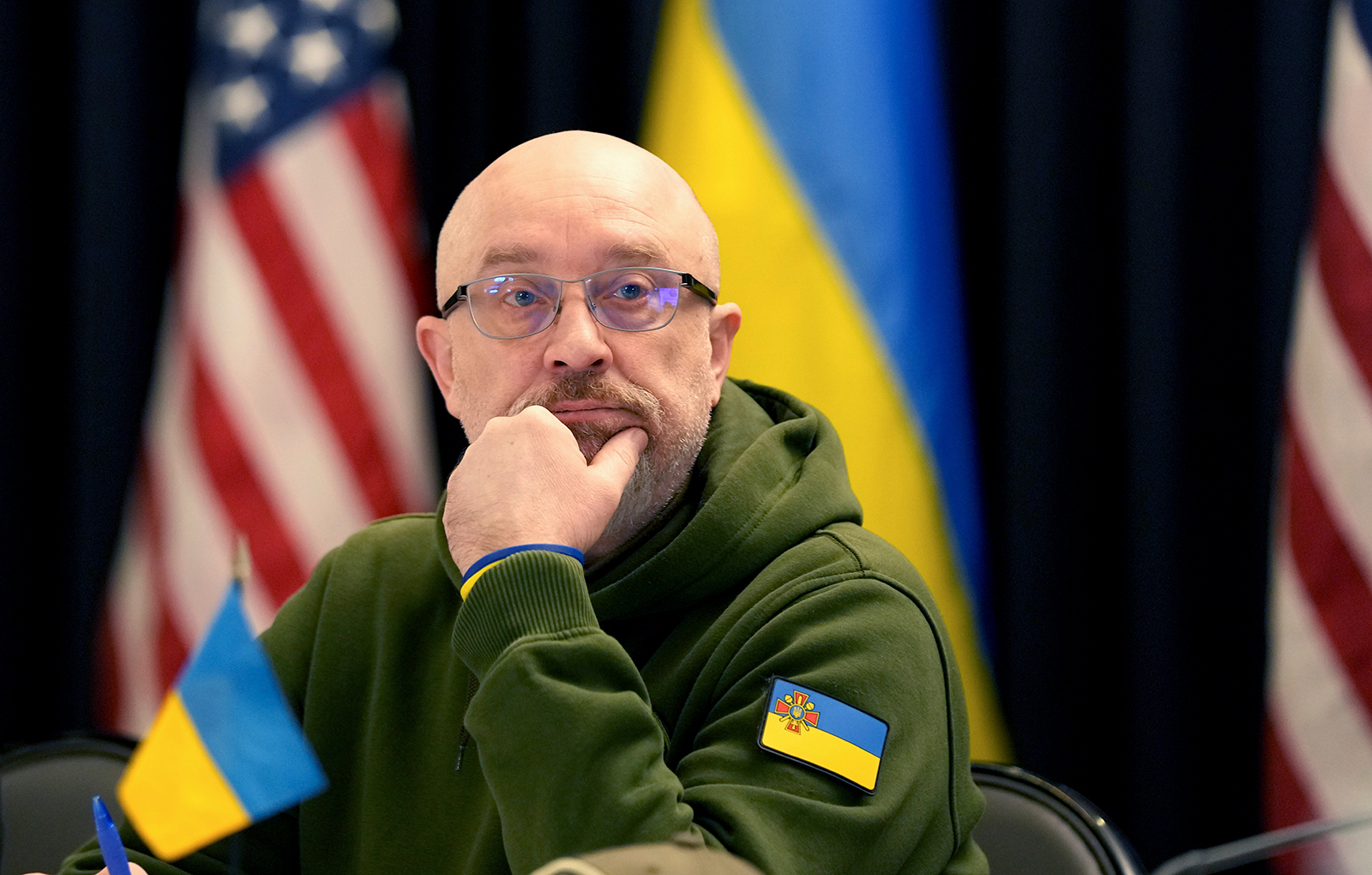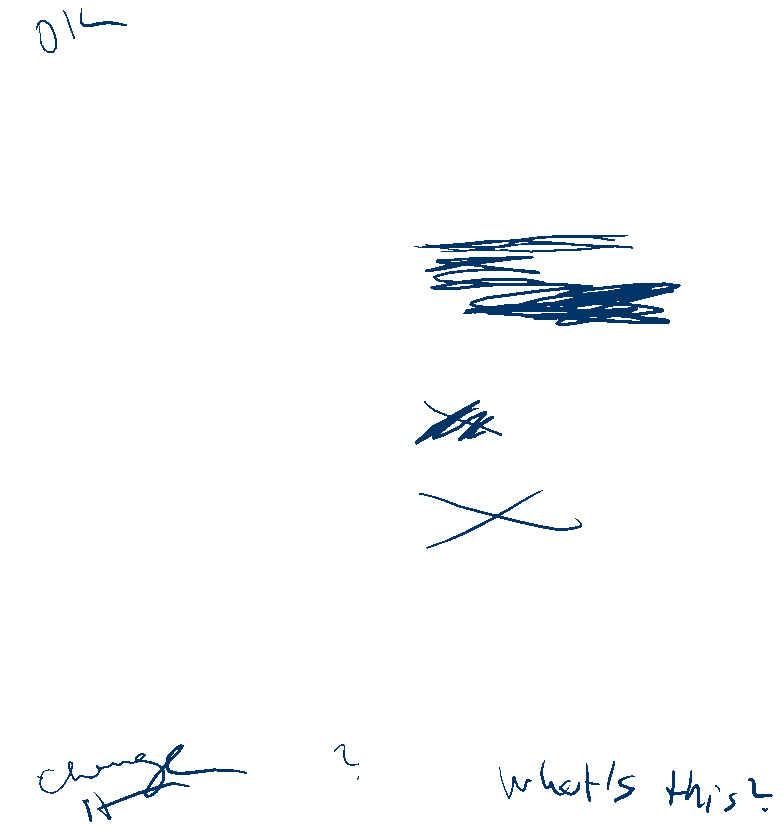Even in disarray, the message ends up being one of unity.
After weeks of Poland and other NATO members openly pressuring Germany to permit the dispatch of Leopard 2 tanks to Ukraine, finally it appears the United States and some of its European Union allies will send armor — a move that was unthinkable months ago — to the front line against Russia.
It is a momentous decision, partly because these — unlike the air defense systems, or the anti-tank missiles — are not defensive weapons. Like the artillery and rocket systems that preceded them, they are intended to hit Russia’s troops hard in a ground offensive. But unlike those systems, they are unequivocally about Ukraine retaking territory. This is new, and fierce, and it portrays a NATO unafraid.
The combined US and European decision to send tanks to Ukraine is not the display of fractious democracies it might appear to be.
Throughout the weeks of dispute and badgering around Berlin’s reluctance to assist Kyiv, some in Moscow will have heard something different to disunity: a West contemplating sending its most aggressive armor to a state it considered unfit even to discuss NATO membership seriously with a year ago.
An alliance of the size, and varying histories, of NATO would always have some disagreements on how to handle the largest land war in Europe since World War II.
Poland has experienced the Soviet grasp, with many of its citizens able to remember how that version of Russian imperialism felt. Germany — under the Nazis — last let its tanks loose in the continent’s worst episode of bloodshed yet. Many senior figures in its towering Social Democratic Party (SPD) — home of German Chancellor Olaf Scholz — have been perilously close to the Kremlin. It would have been somewhat remarkable had these European powers all been on an identical page about this fight from day one.
But America’s plans to send a largely symbolic 30 Abrams tanks to Ukraine, according to two US officials familiar with the deliberations, have emboldened Germany enough to drop its objections to the Leopard. It provided a NATO umbrella for the move, even if it will take months, maybe years, to get the logistically complex American main battle tank into play.
Read the full analysis here.




